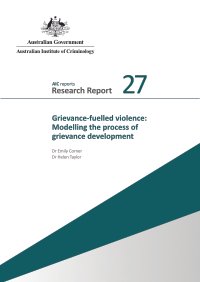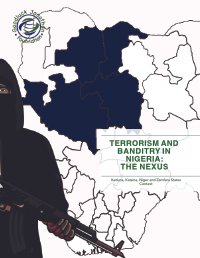By David Frum & Richard Perle
War on Terror: The authors argue that the war on terror is ongoing and emphasize the need for continued vigilance and action against groups like Al-Qaeda, Hezbollah, and Hamas.
Political Challenges: They highlight the political and media elite's wavering commitment to the war on terror, attributing it to political cycles, media bias, and fatigue.
Security Measures: The document discusses the importance of robust security measures, including national identity cards and enhanced surveillance techniques, to prevent terrorism.
International Relations: The authors critique the U.S. government's past complacency and advocate for a stronger stance against countries like Iran and North Korea, which are seen as threats due to their nuclear ambitions.
Random House Publishing Group, 2003 , 284 pages





















